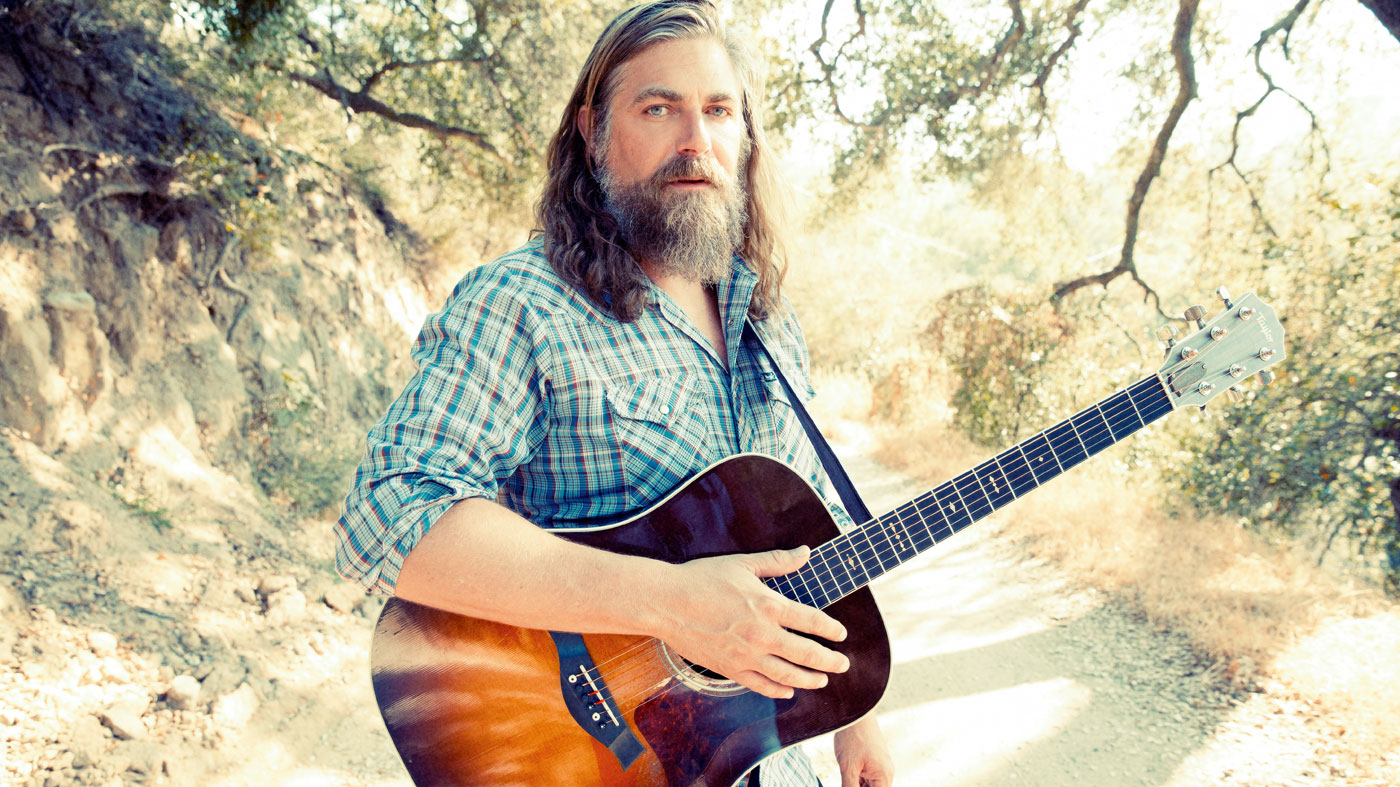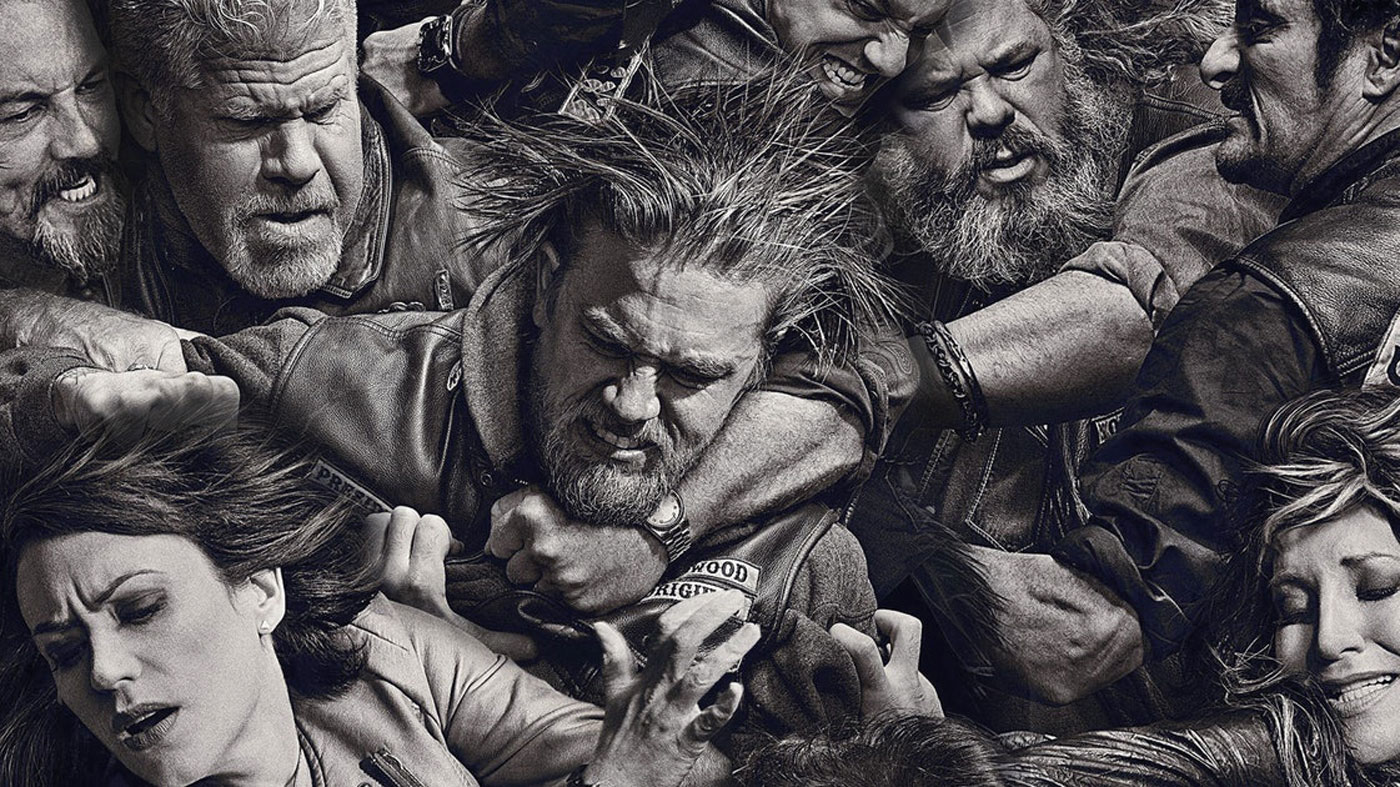The White Buffalo: “You’re just trying to hit people in the heart with songs”
Jake Smith on the songwriting lessons learned over six albums

Making interesting music doesn’t have to mean complication. Jake Smith tells us how he balanced experimentation with simplicity on his new album, Darkest Darks, Lightest Lights.
The name of The White Buffalo’s latest album isn’t just a fancy metaphor. Darkest Darks, Lightest Lights is the perfect description of the undulating emotions contained in the album’s songs, and Jake Smith - who has gone by the name of The White Buffalo in a career that’s spanned over 15 years - has always kept the music minimal to allow the power of his lyrics to take centre stage.
I write some songs that are complete fantasy, other songs are ballads, but I still try and approach them in a real way, an honest way
“Most of my inspiration comes from within. I try to write things that move me. It’s a spectrum of emotions,” Smith says of the new record. Letting the song’s meaning do the talking has always been his MO, rather than employing any complex musical or production techniques to tug on the heartstrings.
“I always appreciate really honest songs. Leonard Cohen, Bob Dylan, Elliot Smith, even some country writers like Kris Kristofferson - there’s a bunch of people that keep it real,” he says.

The White Buffalo prefers to write alone, even when collaborations earn him hefty award nominations...
Despite being nominated for an Emmy (along with co-writers Kurt Sutter and Bob Thiele) for the end sequence of the finale of Sons Of Anarchy , Smith admits he feels “detached” from Come Join The Murder.
“It’s not my words, so it’s harder to feel. The lyrics came from Kurt’s mind.” He also admits that before his songs were used in the show he’d never watched it. “They went into my catalogue and found songs to fit. Then I started coming in and I got into it and I watched it religiously ’til the end.”
“I write some songs that are complete fantasy, other songs are ballads, but I still try and approach them in a real way, an honest way. I get into each character and push it as far as I can. For instance, If I Lost My Eyes is a song on the new album, it’s very sombre and based on the idea that if you lose your faculties, will your partner stay with you, will they fill that void?”
Putting emotion behind his music at the centre of his material means that everything else is kept fairly low key. He’s an uncomplicated guy - he even drives his own tour van - yet Darkest Darks, Lightest Lights sees him experiment with his playing in a way he hasn’t explored previously.
“I normally just strum some chords, but this [album] was a little more intricate in terms of guitar playing and consciously I strove to make it a little bigger than I have in the past,” says Smith. “It’s somewhat riff-based; not as chord-based.”
Get the MusicRadar Newsletter
Want all the hottest music and gear news, reviews, deals, features and more, direct to your inbox? Sign up here.
Stripping it down, building it up
That doesn’t mean he’s morphed into Eric Clapton overnight, but that he has peppered his signature stripped-back Americana with moments of exploration.
“There’s a song called Robbery on the new album that I actually wrote on bass, it was a riff, which is a bit of a departure for me,” he says. “There’s also a song called The Heart And Soul Of The Night where we’ve got some stabs. It’s Thin Lizzy-esque and a different style to what I’d normally play.”
Pushing himself out of his comfort zone involved thinking about how he filled the parts of the song that he wasn’t singing over.
“I tried to expand and give it some space. I always write by myself so a lot of the time I’ll fill that space with guitar but not really with intricate stuff but with fairly simple up-and-down” he explains. “On that song I tried to make it a lot looser.”
Live, we try to keep it as organic and real as the music is. The whole ethos of the band is that it’s about passion
Keeping things as straightforward as Smith does might sound like it would make the whole recording process easier, but it actually requires an element of control in the studio to ensure things don’t get over complicated.
Smith jokes that he had to ask the accomplished session musicians, Paul McCartney drummer Abe Laboriel Jr and Eagles keyboardist Michael Thompson (who both appear on the album) to play “as if they were monkeys. “[I asked them to] simplify it in a way that lends itself to the song, and play for the song,” he says. “People can put in a little too much and space is super important.”
When it comes to production, Smith is equally sparing. “I don’t really add any effects, even vocally I keep it pretty dry except for maybe a splash of reverb,” he says. His live show follows a similar principle, perhaps even more so.
“It’s very simple. We try to keep it as organic and real as the music is. The whole ethos of the band is that it’s about passion and people playing and creating stuff. I essentially just play direct with my acoustic [Smith plays Taylor 710e and 810e models], and there’s a bass player and a drummer.
“Sometimes I have an amp on stage; a Fender Twin, a Vox, an Epiphone Constellation, or sometimes I play through a Music Man, but it’s more to cut through because the way I play is very rhythmic. There are no leads, it’s just all about the songs. Our setup is about as real as it can be.”
That doesn’t mean Smith is confined to small venues: he played Shepherd’s Bush on his last UK tour and he has performed at festivals with crowds double that size. For The White Buffalo, it’s not about the complexity of the music or showing off as a guitarist, it’s all about the atmosphere the music creates. As he puts it: “You’re just trying to hit people in the heart with songs.”











